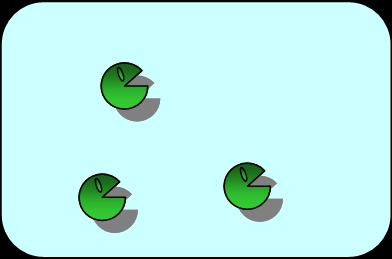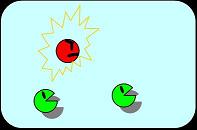Tokyo/Model
From 2007.igem.org
(Difference between revisions)
(→E.coli Follows Pareto's principle!) |
|||
| Line 3: | Line 3: | ||
==E.coli Follows Pareto's principle! == | ==E.coli Follows Pareto's principle! == | ||
| - | ''' To follow Pareto’s principle like an [[Tokyo/Concepts|ant society]], our model system must satisfy the three conditions shown in Fig. 1 to 4. In our model, all individual cells have the same genetic circuits but take either of state A (worker) or B (idler) depending on the surrounding circumstances.''' | + | ''' To follow Pareto’s principle like an [[Tokyo/Concepts|ant society]], our model system must satisfy the three conditions shown in Fig. 1 to 4. In our model, all individual cells have the same genetic circuits but take either of state A (worker) or B (idler) depending on the surrounding circumstances. ([http://en.wikipedia.org/wiki/Pareto_principle| What is Pareto's principle? (Wikipedia)])''' |
---- | ---- | ||
Revision as of 07:50, 26 October 2007
Abstract Concept & Model Requirements Genetic_circuit Works About_our_team
E.coli Follows Pareto's principle!
To follow Pareto’s principle like an ant society, our model system must satisfy the three conditions shown in Fig. 1 to 4. In our model, all individual cells have the same genetic circuits but take either of state A (worker) or B (idler) depending on the surrounding circumstances. ([http://en.wikipedia.org/wiki/Pareto_principle| What is Pareto's principle? (Wikipedia)])
As shown in Fig. 1, 2, 3, and 4, the condition of the system is changing as follows:
Bistable state ⇒ The removal of A (worker) ⇒ Unstable state with only B left ⇒ Regain of "stable coexistence"



